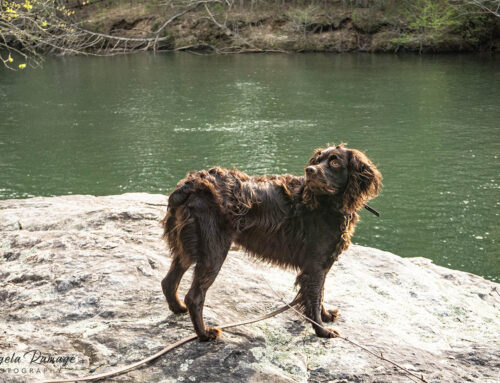This area is on the outskirts of Historic Jamestown, Virginia. This is the place where 104 British colonists landed after sailing up the James River on May 13, 1607. Their story of struggle and death in an effort to establish a colony in what became known as America is pretty sobering. Most who came were British gentlemen and ladies. Few were skilled or trained as farmers or skilled laborers.
They established the colony of Virginia with Jamestown as the capital. King James I granted the settlers a charter. Captain John Smith was the one that helped early colonists stay together but after a freak accident he was forced to return to England never to see the Americas again. The town never became the great city that Smith had envisioned. But this colony allowed England to establish a permanent presence in North America.
Graves are a sobering reminder of the sacrifice it took to establish this colony for England.
The actual colony of Jamestown was not uncovered until 1994! For hundreds of years, the town was believed to be located in the James River and virtually erased due to erosion. But the right individuals believed the town was more centrally located to the church, which had one wall still intact and standing. Archaeological digs like the one above continue today. Archaeologists have rediscovered much of the fortification and have recovered over a million artifacts that tell the true story of Jamestown.
Graves have been excavated and are being studied.
Here is the location of the Jamestown church. It is the place that Queen Elizabeth visited in 2007 as she commemorated the 400th anniversary of the colony.
Even though Jamestown was founded in 1607, the Memorial Church was built in 1907. The foundations of two other churches on this same location have been uncovered and are visible around the inside perimeter of this structure.
The Queen stood here and presented a chair made of Scottish Elm and Virgin Cherry to then Virginia Governor Tim Kain. While I was in Jamestown one of the volunteers made sure to point out the fact that Virginia is still called the Commonwealth of Virginia! Sounds very British to me.
Original walls of the church’s tower and its original bricks.
England founded the colony with one thing in mind: finding gold but they never did. The only gold the colonists found was found in the lucrative tobacco plant. The town was under constant threat of Powhatan Indian attack. By 1610, only 60 colonists had survived the “starving time.” Things were so bad that colonists had packed everything up, pushed the canons into the water, and sailed down the river. Before they could make it to the open sea, reinforcements from England arrived and a new governor who ordered them to turn back and return to the colony!
The story of Pocahontas was interesting. She was captured by the English during Anglo-Indian hostilities in 1613, and held for ransom. During her captivity, she converted to Christianity and took the name Rebecca. When the opportunity arose for her to return to her people, she chose to remain with the English. She did not fall in love with Captain John Smith—those accounts are inaccurate—but she did fall in love with tobacco planter John Rolfe, who she married in 1614 and had a son. Eventually she moved to England where she died at age 22.
Remembering Jamestown: the Tercentenary Monument was dedicated in 1957. The 350th anniversary was highlighted by a visit by Queen Elizabeth II.

















Leave A Comment